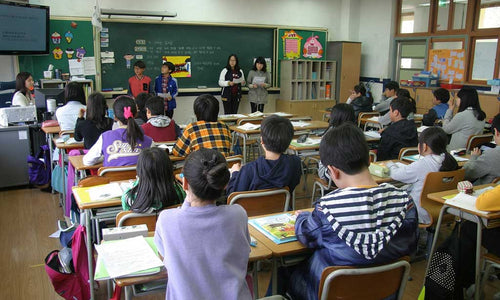Overview
3D Universe ASA Filament
3D Universe ASA (acrylic styrene acrylonitrile) is a thermoplastic like ABS, but with improved heat resistance and durability. ASA printed parts are strong and rigid with exceptional UV resistance, incapable of yellowing, making them exceptionally useful in exterior or industrial settings. ASA is also water-resistant, has strong chemical resistance, anti-static, and highly impact resistant. For successful ASA printing, a heated bed is needed due to its high glass transition temperature.
ASA is becoming a very popular and commonly used filament. It’s as versatile as ABS but with some printing benefits – reduced odors and tighter resolutions. There are many versatile ways to use ASA, but its strength is found for outdoor projects. Products made of ASA 3D printer filament are extra tough and can survive high-heat conditions. When printing, users should remember the high printing temperatures may lead to warping as products cool. Proper bed adhesion is essential, and we recommend Magigoo Original or Magigoo Supergrip for that purpose.
Recommended print settings:
- Print temperature: 240-260C
- Bed Temperature: 85-110C
- Cooling fans: Off
- Closed environment: Preferable
For Best Print Results, Try Magigoo or Magigoo Supergrip
Magigoo and Magigoo Supergrip are easy-to-use 3D printing adhesives designed to provide excellent print bed adhesion for a variety of 3D printing materials. Apply Magigoo to your unheated print bed. When the print is finished, wait for the plate to cool down and your prints will pop right off the bed! Magigoo also helps to prevent warping, even with more challenging materials like ABS and ASA.
Key features include:
- Compatible with ABS, PLA, PETG, HIPS, ASA, and TPU
- Available in 50ml and 120ml sizes
- Easy application
- Easy release
- Easy cleaning (just use water)
- No smell
- Non-toxic
- No additional tools needed
- Easy to transport
- Nicer print finish
Tips for Successful 3D Prints
Tips for Successful 3D Prints
There are so many materials to choose from when 3D printing... Some of these materials are more challenging to print than others, but with the proper approach, you can be confident of a successful print, regardless of the material you're using.
Next to using high-quality filament, good print bed adhesion is often the key to avoiding failed prints. Our friends at Magigoo have spent hundreds of hours testing all kinds of different materials, identifying the optimal settings for each to ensure the best possible results. All of this research has culminated in two valuable resources that we are happy to share with you here. Don't be deceived by the name of the first document. This is not just a manual for Magigoo adhesives. It's packed full of great tips for ensuring successful prints.
Compare Materials
| Material Type | Properties | Common Uses | Extruder Temp | Bed Temp | Bed Adhesion | Shop for Material |
PLA(Polylactic Acid) |
|
| 190-220C | 40-60C (optional) | Blue painter's tape, glass with coating of hairspray, or glass with a thin coating of PVA glue | |
ABS(Acrylonitrile Butadiene Styrene) |
|
| 225-260C | 80-110C | Kapton tape, glass with a coating of ABS juice (ABS / acetone slurry), or hairspray | |
PETG(Polyethylene terephthalate glycol-modified) |
|
| 230-250C | 80-100C | Glass with hairspray or painter's tape | |
Nylon(Polyamide) |
|
| 240-260C | 60-80C | Glass with a thin coating of PVA glue | |
Polycarbonate |
|
| 260-280C | 107-115C | Ultimaker adhesion sheets or glass with thin coating of glue stick / PVA glue | |
TPU(Thermoplastic Polyurethane) |
|
| 220-240C | No heat | Glass (no adhesives required) | |
Polypropylene |
|
| 205-240C | 85-100C | Ultimaker adhesion sheets or clear packaging tape | |
PVA(Polyvinyl alcohol) |
|
| 215-225C | 60-70C | Glass |









